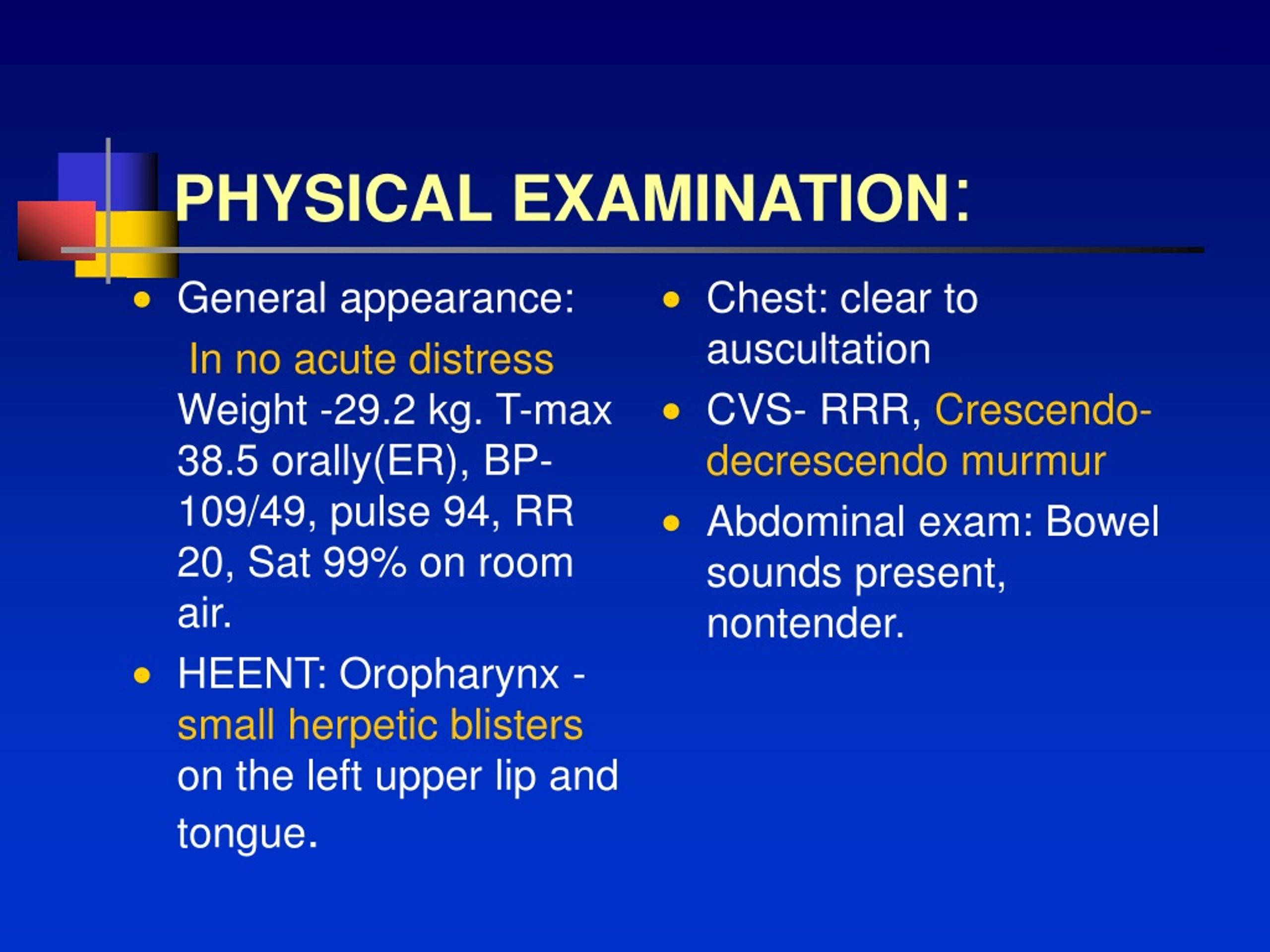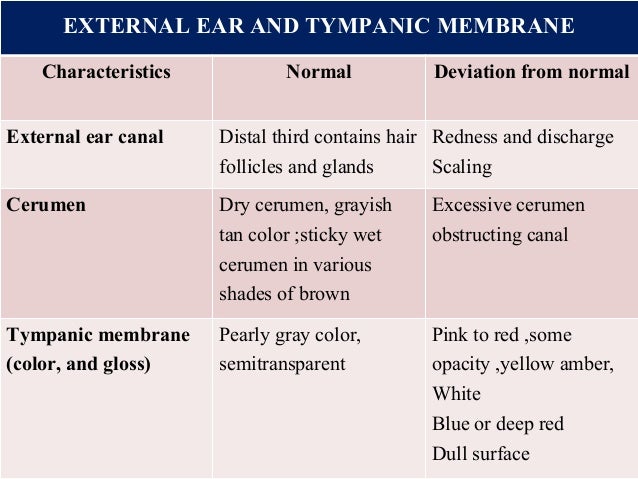

Bilateral paradoxical movement can be seen in patients with neuromuscular disease. Unilateral paradoxical movement (ie, contraction of the chest wall and elevation of the diaphragm with inspiration) may occur in patients with unilateral pneumonia, pneumothorax, atelectasis, or a foreign body lodged in one of the mainstem bronchi. Chest movement – Inspiration normally results in expansion of the chest wall and depression of the diaphragm.(See "Breast disorders in children and adolescents", section on 'Accessory breast tissue' and "Clinical manifestations and diagnosis of Turner syndrome".) Widely spaced nipples also may occur in a number of other syndromes, including 9p deletion, fetal hydantoin syndrome, trisomy 8, and trisomy 18, among others. A shield-like chest with widely spaced nipples can be found in patients with Turner syndrome ( picture 2). Accessory nipples along the milk line are a normal variant ( picture 1). Nipple alignment and distance – Nipple alignment and the distance between nipples should be noted.(See "Neonatal birth injuries", section on 'Clavicle' and "Neonatal birth injuries".)

Clavicular fractures in the newborn may be undetected in the immediate neonatal period on subsequent examination, the clavicles may have swelling (callous formation) and tenderness.

Rib cage and sternum – The width of the ribs and length of the sternum should be noted.Poland syndrome ( OMIM %173800) – Syndactyly associated with ipsilateral absence or hypoplasia of the pectoralis major muscle, which results in an inferiorly placed nipple (see "Chest wall diseases and restrictive physiology", section on 'Poland syndrome').Underlying cardiac disease that creates a precordial bulge (eg, atrial septal defect, partial anomalous pulmonary venous connection) (see "Isolated atrial septal defects (ASDs) in children: Classification, clinical features, and diagnosis", section on 'Physical examination' and "Partial anomalous pulmonary venous return", section on 'Physical examination').Scoliosis (see "Adolescent idiopathic scoliosis: Clinical features, evaluation, and diagnosis", section on 'Terminology').(See "Asthma in children younger than 12 years: Initial evaluation and diagnosis", section on 'Physical examination' and "Cystic fibrosis: Clinical manifestations of pulmonary disease", section on 'Respiratory symptoms and signs'.)Ĭauses of an asymmetric chest wall include: When a persistently round, barrel-shaped chest is seen in a child older than 12 to 24 months, the examiner should consider the possibility of an underlying chronic pulmonary disease, such as cystic fibrosis or chronic asthma. The transverse diameter increases with age. Symmetry and shape – The normal chest is symmetric and, in the infant or young child, almost round.(See "The pediatric physical examination: The perineum".)Ĭhest wall - The chest examination begins with careful observation and inspection of the chest wall.(See "The pediatric physical examination: Back, extremities, nervous system, skin, and lymph nodes".).(See "The pediatric physical examination: HEENT".).(See "The pediatric physical examination: General principles and standard measurements".).Other aspects of the pediatric physical examination are discussed separately. INTRODUCTION - Examination of the chest and abdomen in children will be reviewed here.


 0 kommentar(er)
0 kommentar(er)
